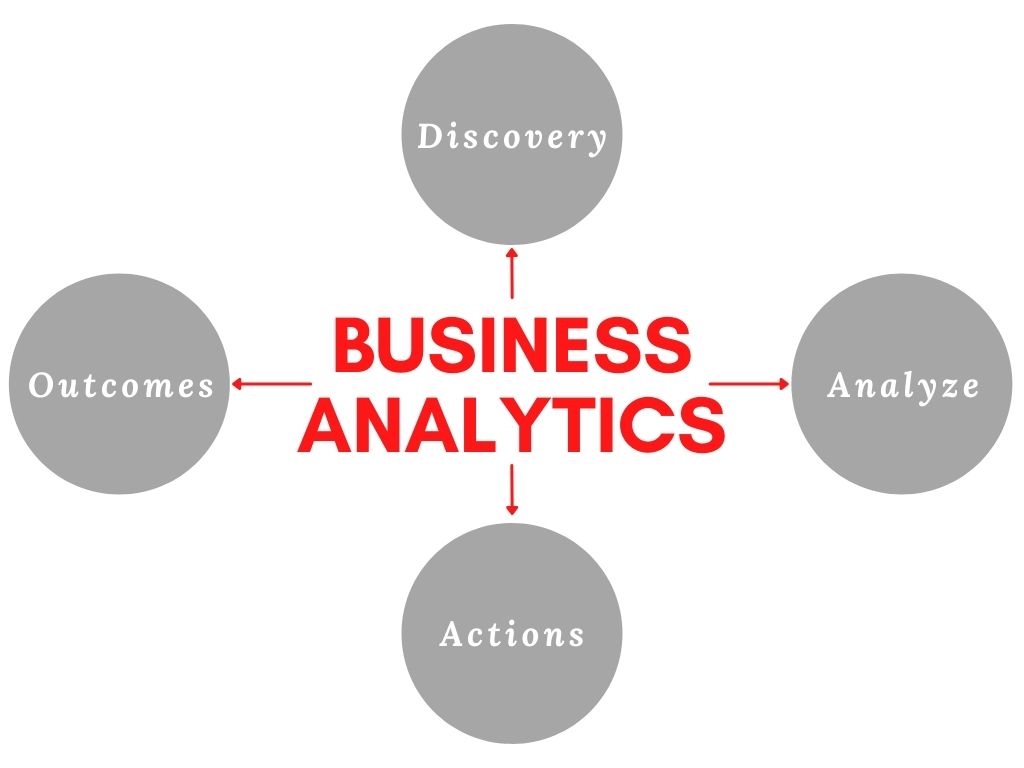Next generation of business intelligence is here
With the rapid improvement of the latest technology, traditional approaches to running organizations have become obsolete.
Nowadays, business professionals want to use equipment and tools that can help them make informed decisions. Business Intelligence (BI) has taken rapid strides from the time it came into being in the ‘80s.
Traditional Business Intelligence platforms were high-cost and time-intensive. They were also largely dependent, almost, always on the IT cell.
Over the decades Business Intelligence has undergone a few iterations. The BI you see today is a far cry from its avatar of about 50 years ago.
In those days, was within the exclusive scope of a motley few in the top echelons of management.
In addition, traditional platforms came with hefty price tags and were also time-intensive applications.
Then, over time, because of advancements in technology and computing, Business Intelligence platforms metamorphosed into self-service analytics.
It was open to data analysts and classified by data visualization, preparation and discovery.

The modern-day version of Business Intelligence platforms is driven by artificial intelligence (AI) and is almost fully automated.
Actually, it would not be wrong to say that BI platforms have grown in tandem with the business requirements of a particular era, and with the progress in technology.
In today’s customer-driven times we live in, where business is defined mostly by a customer’s wants and needs, the success of a business is linked to how fast it responds to a client’s demand.
Real-time interactions across channels require real-time solutions, and that’s why next-gen Business Intelligence deployments are required.
Most businesses now prefer real-time or near real-time insights to make fast and accurate decisions.
The next gen of Business Intelligence is extensible, supports white labeling, and has open APIs for customization.
Business users today rely on fully automated Business Intelligence systems without even requiring large data science teams.
The systems have moved from being mere insights platforms to those that can respond to fluid situations.
Next-gen BI applications are disrupting established business analytics processes, just as data warehouses, for example, once disrupted disconnected data silos.
Data warehouses today are equipped to draw inputs from embedded analytics, allowing analytics on “live” data in a business process.
Eventually, the aim is to develop BI platforms that are available to all and require no data science knowledge.
Data experts will still be required
But there will be a few areas where data experts will always be required. One of them is data integration.
If your data is “dirty” or poor, most automated technologies like Deep Learning are bound to fail.
Data scientists will also be required for data integration purposes, and deep-dive analytics as advanced ML drives embedded analytics.
Anthony Goldbloom, co-founder, and CEO of Kaggle believes that the centralized Data Science teams will be replaced by BU-specific Data Science teams.
So, while many of the data processing tasks start to become automated, data scientists, in turn, will shift to the data exploration aspects of business analytics, which, by and large, cannot be achieved by machines.
References:
Augmented Analytics: the Future of Business Intelligence
An Engine That Drives Customer Intelligence
Oyster is not just a customer data platform (CDP). It is the world’s first customer insights platform (CIP). Why? At its core is your customer. Oyster is a “data unifying software.”
Liked This Article?
Gain more insights, case studies, information on our product, customer data platform


No comments yet.